Introduction
Anhua Dark Tea, a renowned variety originating from the Hunan province of China, boasts a rich history and distinctive flavor profile that has captivated tea enthusiasts worldwide. This type of fermented tea is characterized by its dark color, robust aroma, and earthy taste, making it a staple in traditional Chinese medicine and a favorite among tea connoisseurs. However, with the increasing popularity of Anhua Dark Tea, the market has become flooded with varying qualities, making it challenging for consumers to discern the good from the bad. This comprehensive guide aims to equip you with the knowledge and skills necessary to identify and appreciate the finest Anhua Dark Tea.
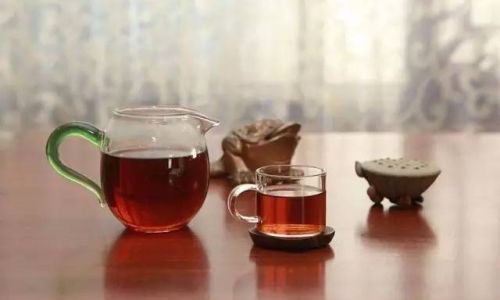
Understanding the Basics of Anhua Dark Tea
Before diving into the specifics of quality discernment, it’s crucial to understand the fundamentals of Anhua Dark Tea. This tea undergoes a unique fermentation process known as ‘pile fermentation,’ where leaves are stacked and allowed to undergo microbial and enzymatic changes, resulting in its signature dark hue and flavor. The quality of Anhua Dark Tea is influenced by several factors, including the origin of the leaves, the fermentation technique, storage conditions, and age.
Origin of the Leaves
The first criterion in assessing the quality of Anhua Dark Tea is the origin of its leaves. The best teas are typically sourced from high-altitude regions within the Anhua county, where the climate is ideal for growing tea plants. Higher altitudes generally result in slower growth rates, allowing the leaves to accumulate more flavorful compounds. Look for teas labeled with specific villages or mountains within Anhua, as these often signify a higher quality due to their unique terroir.
Appearance and Leaf Structure
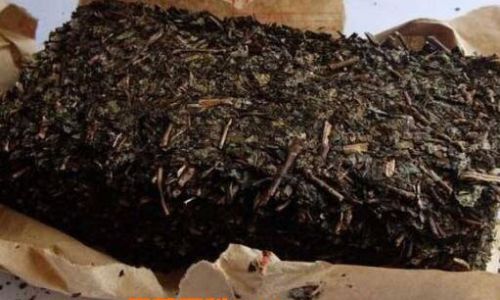
Visual inspection is a vital step in evaluating Anhua Dark Tea. High-quality leaves should exhibit a uniform dark brown to black color, with a glossy finish. They should also be whole or largely intact, indicating minimal processing damage. Avoid teas with excessive fragmentation or an uneven color, which may suggest poor handling or inferior quality.
The shape and structure of the leaves can also provide insights. Well-made Anhua Dark Tea leaves should be twisted or compressed into tight bricks or rolls, which aid in the fermentation process and preserve the tea’s aroma and flavor. When brewed, these leaves should unfurl gracefully, revealing a dark, yet somewhat translucent appearance.
Aroma and Flavor
The aroma and flavor of Anhua Dark Tea are hallmarks of its quality. A good tea should have a strong, earthy aroma with hints of sweetness and a subtle smokiness. As you brew the tea, inhale deeply to detect these notes. High-quality teas often exhibit a complex aroma profile, with layers of flavors that unfold as you sip.
Upon tasting, Anhua Dark Tea should offer a robust, slightly sweet flavor with a hint of bitterness that balances well with its earthy notes. The aftertaste should be long-lasting and pleasant, leaving a lingering sense of satisfaction. Poor-quality teas may taste flat, bitter, or overly astringent, indicating improper fermentation or storage.

Brewing Techniques
Proper brewing techniques can significantly affect your perception of Anhua Dark Tea’s quality. Use freshly boiled water, preferably around 95-100°C (203-212°F), to extract the full flavor potential of the tea. Allow the tea to steep for 30 seconds to a minute, depending on your personal preference for strength. Adjust the steeping time accordingly for subsequent infusions to maintain consistent flavor.
Pay attention to the color of the infused tea. High-quality Anhua Dark Tea should produce a dark, clear liquor with a reddish hue. Cloudy or murky tea may indicate impurities or poor processing.
Age and Storage
Age is another factor that can influence the quality of Anhua Dark Tea. While fresh teas offer vibrant flavors, aged teas develop a more complex, mellow taste over time. Proper storage is crucial for maintaining the quality of aged teas. They should be kept in cool, dry, and odor-free environments to prevent deterioration.
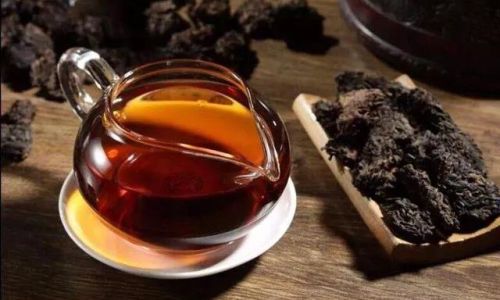
Look for teas that have been aged under controlled conditions, as this ensures their flavors develop evenly and harmoniously. Aged Anhua Dark Tea often commands a higher price due to its rarity and the time invested in its maturation. However, be wary of overly aged teas that may have lost their essential oils and flavors due to improper storage.
Certifications and Packaging
In today’s market, certifications and packaging can serve as indicators of quality. Look for teas that have been certified organic or fair-trade, as these certifications often signify ethical sourcing and sustainable practices. Additionally, well-designed packaging that protects the tea from light, moisture, and oxygen can preserve its freshness and quality.
Avoid teas that come in transparent or poorly sealed packaging, as these can expose the tea to harmful elements, leading to premature aging and flavor degradation.
Conclusion
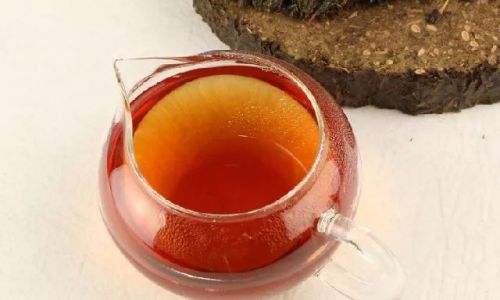
Discerning the quality of Anhua Dark Tea requires a combination of knowledge, observation, and tasting skills. By understanding the basics of its production, inspecting the leaves visually, evaluating its aroma and flavor, employing proper brewing techniques, considering its age and storage conditions, and checking for certifications and packaging, you can confidently select and enjoy the finest Anhua Dark Tea.
Remember, the journey of discovering the perfect cup of Anhua Dark Tea is as much about the process as it is about the final product. Take your time, experiment with different teas, and trust your senses to guide you towards excellence. With patience and practice, you’ll soon become an expert in appreciating the nuances and complexities of this remarkable tea.
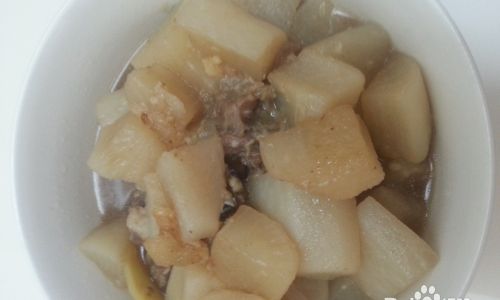
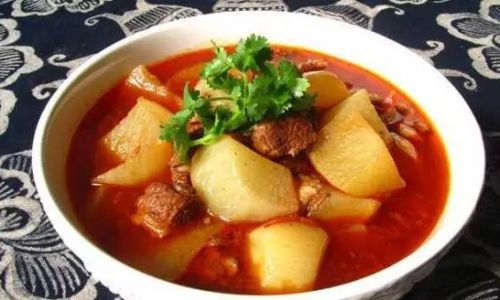

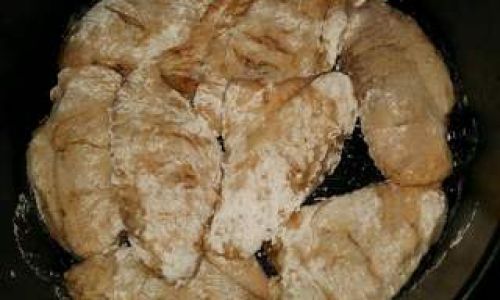

0 comments